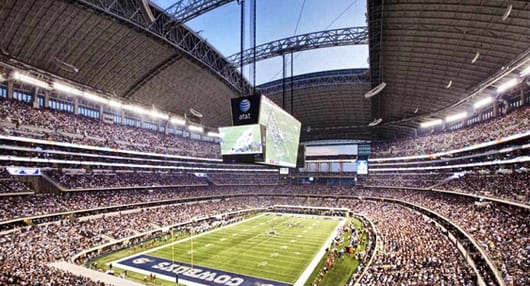by Angelina Lawton – January 2015 The second screen in sports The ongoing conversation is how to integrate the second screen into the sports industry. More and more, fans spurn attending games to watch events from the comfort of their own homes. As teams and leagues seek to increase revenue, the time has come to fully…Continue Reading Why Stadium Connectivity Presents the Best Sponsorship Opportunity for Teams & Corporations
Why Stadium Connectivity Presents the Best Sponsorship Opportunity for Teams & Corporations

